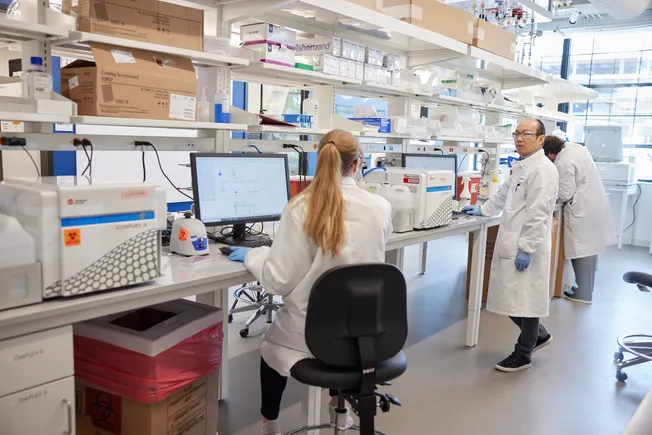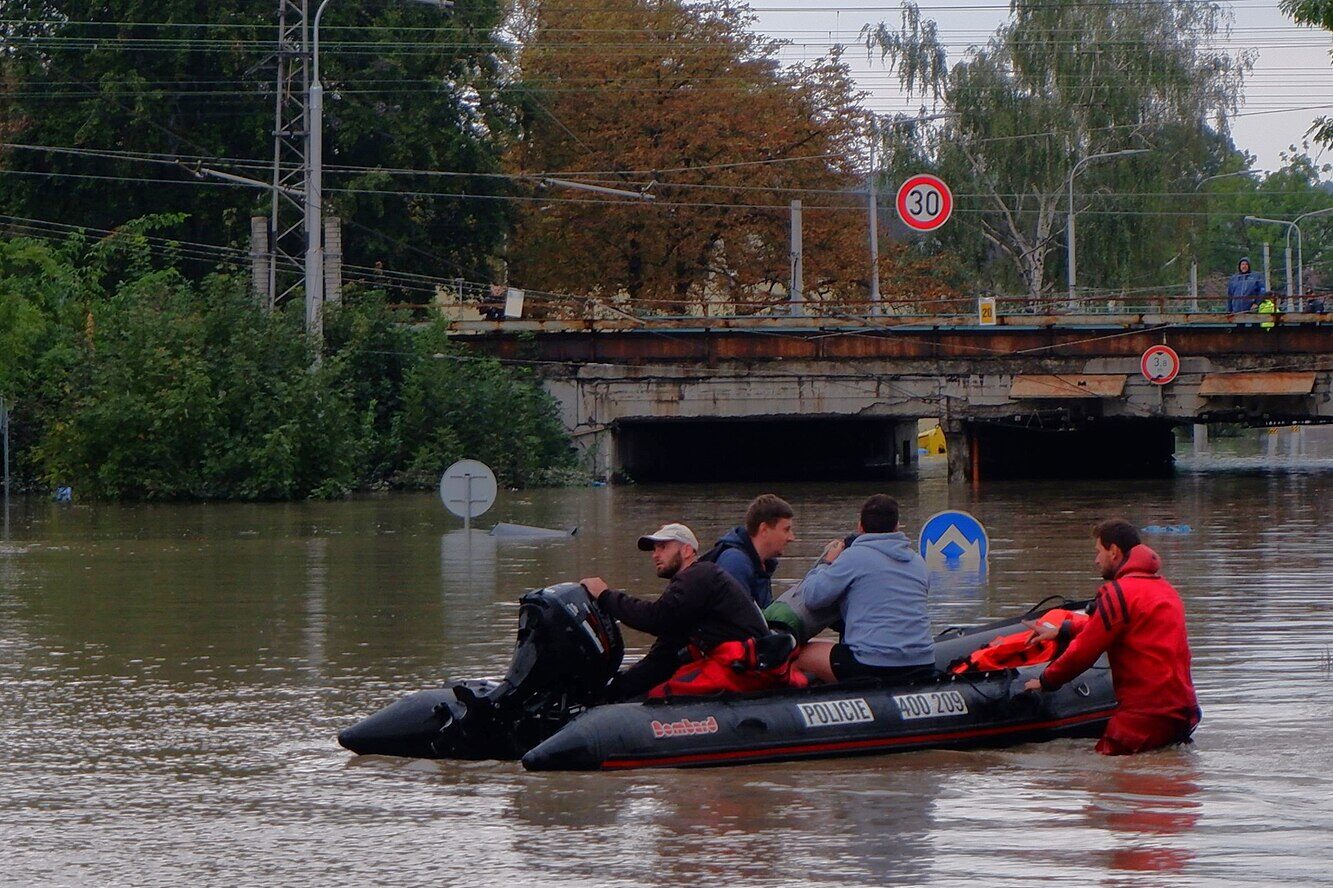Photothermal Catalysts, Light and Heat Management: From Materials Design to Performance Evaluation
Advanced Energy Materials, Volume 15, Issue 12, March 25, 2025.

This review explores photothermal catalysis, classifying it into light-driven thermocatalysis, thermally enhanced photocatalysis, and photo-thermo coupling catalysis. Emphasizing materials like plasmonic nanoparticles and semiconductors, it examines light and heat management, catalytic stability, and efficiency. Applications in CO₂ reduction, ammonia synthesis, and plastic upcycling are highlighted, alongside challenges in scalability and reactor design, paving the way for sustainable industrial solutions.
Abstract
Photothermal catalysis, a frontier in heterogeneous catalysis, combines light-driven and thermally enhanced chemical reactions to optimize energy use and reaction efficiencies at catalytic active sites. By leveraging photothermal conversion, this approach links renewable energy sources with industrial chemical processes, offering significant potential for sustainable applications. This review categorizes photothermal catalysis into three types: light-driven thermocatalysis, thermally enhanced photocatalysis, and photo-thermo coupling catalysis. Each category is analyzed, emphasizing mechanisms, performance factors, and the role of advanced materials such as plasmonic nanoparticles, semiconductors, and hybrid composites in enhancing light absorption, thermal distribution, and catalytic stability. Key challenges include achieving uniform thermal and photonic energy distributions within catalytic reactors and developing accurate performance evaluation metrics. Applications such as CO₂ reduction, ammonia synthesis, and plastic upcycling highlight the environmental and industrial relevance of this technology. The review identifies limitations and suggests innovations in materials design and energy-storing mechanisms to enable continuous catalytic processes. Future directions emphasize photothermal catalysis's potential to transform sustainable energy systems and advance green chemical production. This synthesis aims to guide research and foster practical adoption of photothermal technologies at an industrial scale.






























































![STAT+: ‘This is an industry that everyone [bleeping] hates’](https://www.statnews.com/wp-content/uploads/2022/06/AdamsTake_Illustration_MollyFerguson_061322-1024x576.jpg?#)











































































































.jpg)






